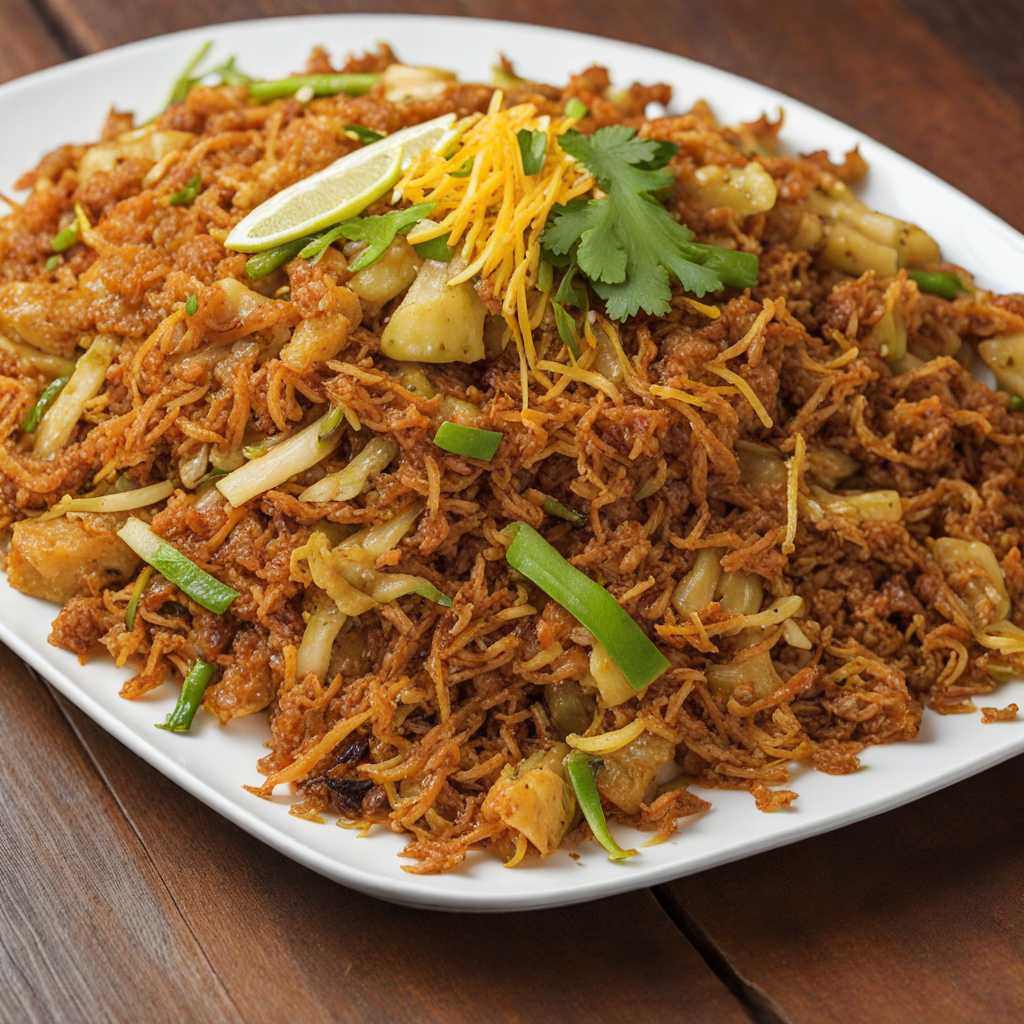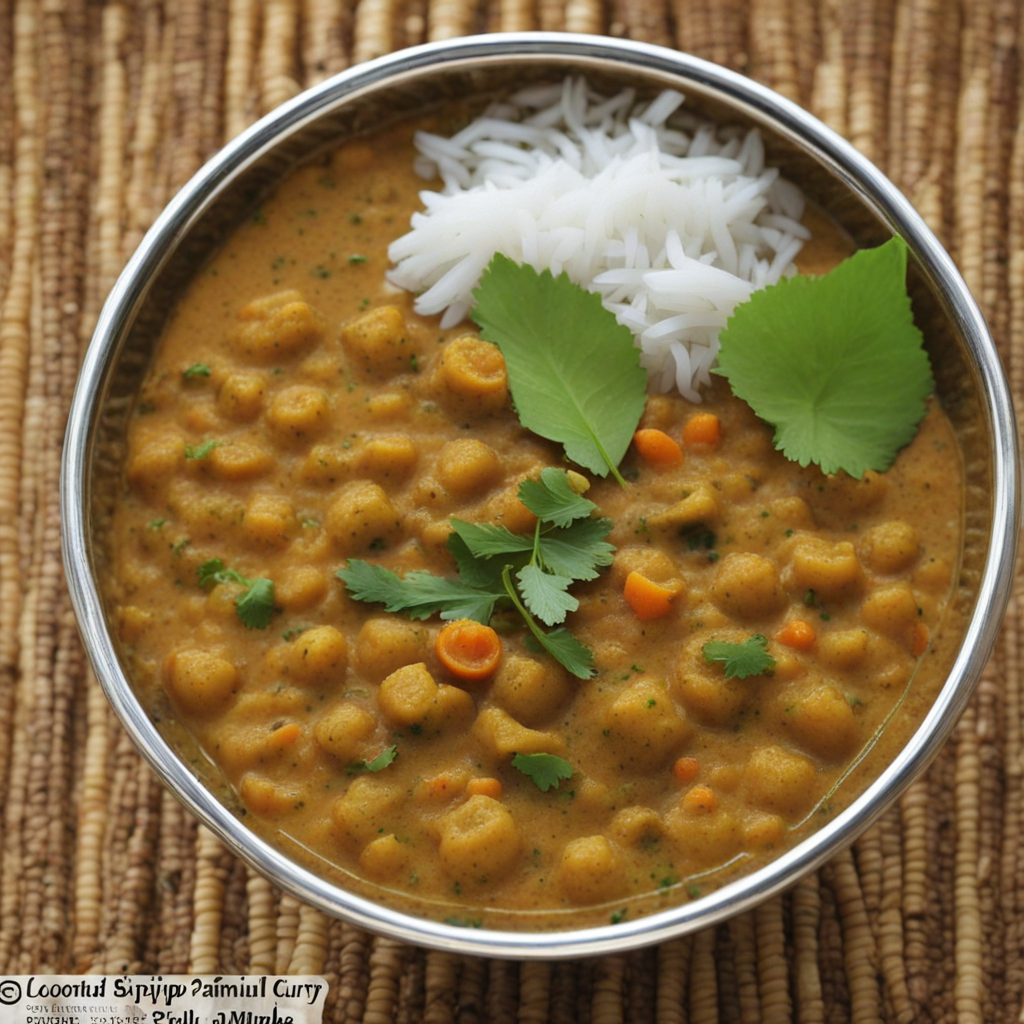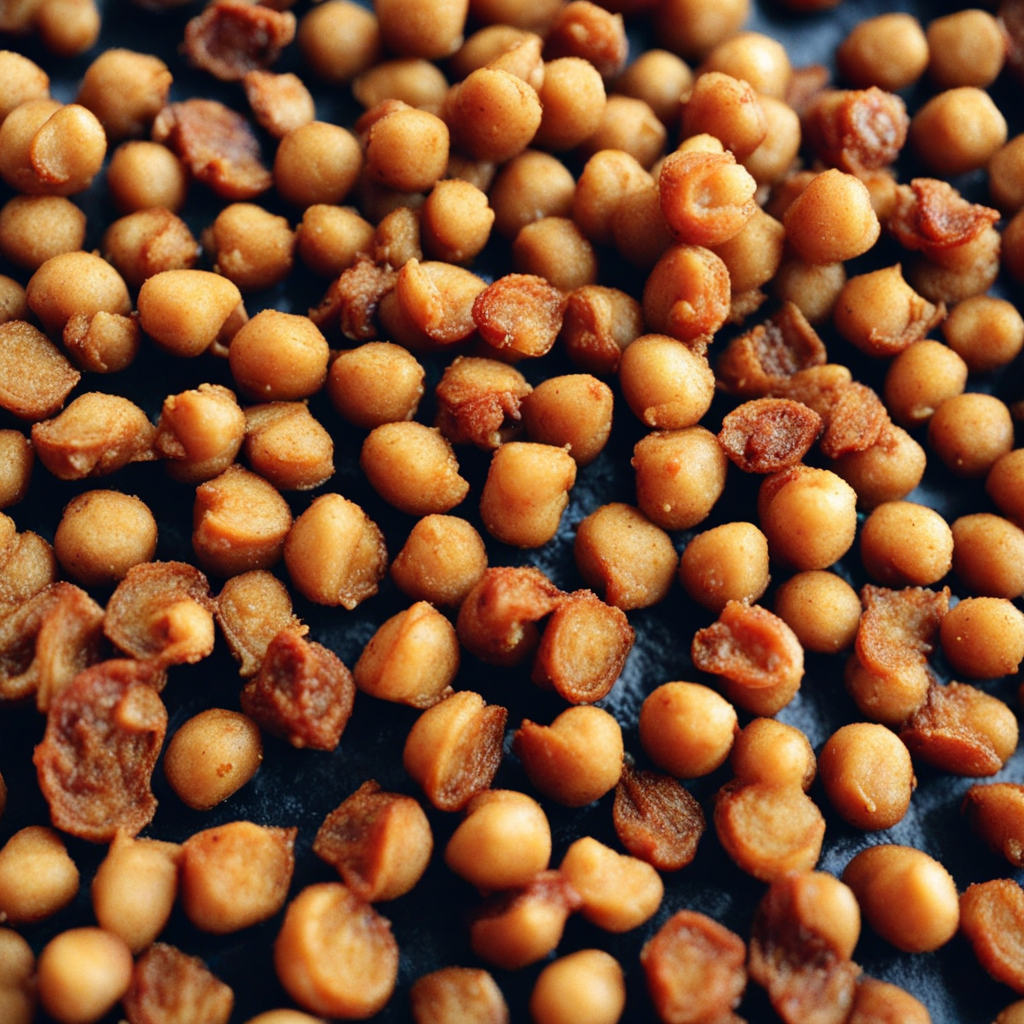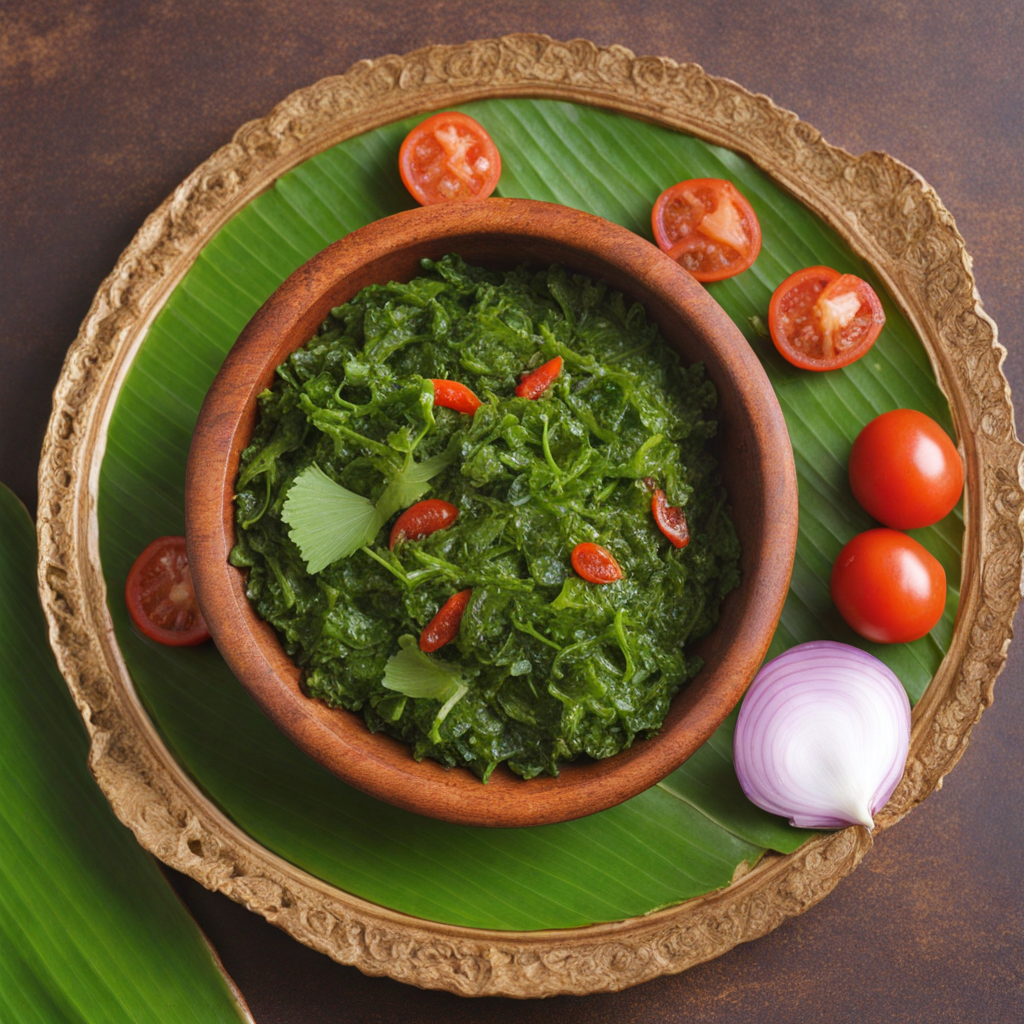Kottu
Kottu is a vibrant and flavorful street food that originates from Sri Lanka, known for its delightful medley of ingredients and textures. At its core, Kottu consists of chopped roti (a type of flatbread) stir-fried with a variety of vegetables, proteins, and spices. The dish is typically made to order, with the roti being sliced into small pieces and mixed with an array of colorful vegetables such as carrots, leeks, and cabbage, which not only add a crunch but also bring a fresh taste to the dish. The sound of the metal spatulas clanging against the hot grill as the ingredients are mixed together creates an exhilarating atmosphere, making it a beloved choice among locals and visitors alike.
How It Became This Dish
Kottu Roti: A Flavorful Symphony of Sri Lanka Kottu Roti, a beloved street food of Sri Lanka, is not just a dish but a vibrant representation of the island's culinary culture. This unique meal, consisting of chopped flatbread stir-fried with a medley of vegetables, meat, eggs, and spices, encapsulates the island’s diverse influences and rich history. Its origins, cultural significance, and evolution over time offer a fascinating glimpse into Sri Lanka's gastronomic landscape. #### Origins The story of Kottu Roti begins with the roti itself, a type of unleavened flatbread that has roots in South Asian cuisine. The word "kottu" translates to "chop" in Tamil, highlighting the method of preparation that defines this dish. The origins of Kottu Roti are widely believed to be linked to the Tamil-speaking communities of Sri Lanka, particularly in the northern and eastern regions where Tamil culture has thrived. Historical records suggest that the dish emerged in the late 19th or early 20th century, coinciding with the rise of urban centers and the migration of Tamil laborers. As the country underwent economic transformations, the demand for quick, affordable meals increased in bustling towns. Street vendors began to craft this dish as a hearty, filling option that could be prepared rapidly in front of customers. The preparation of Kottu Roti involves a distinctive technique: the flatbread is chopped on a hot griddle with metal spatulas, creating a rhythmic sound that resonates through the streets of Sri Lanka. This method is not only practical but also serves as an engaging performance for onlookers, contributing to the dish’s popularity. #### Cultural Significance Kottu Roti is more than just a meal; it is a cultural phenomenon that embodies the spirit of community and togetherness in Sri Lanka. Traditionally, it is consumed as a late-night snack, often after a night out or during gatherings, making it a symbol of conviviality and celebration. The communal aspect of dining on Kottu Roti—often enjoyed in groups, sharing plates and laughter—reflects the island's emphasis on social interaction. In Sri Lankan society, Kottu Roti has transcended its humble street food origins to become a staple in restaurants and homes alike. It is available in a variety of styles, catering to different tastes and preferences. Whether it's the classic chicken or beef Kottu, the vegetarian version packed with seasonal vegetables, or even innovative variations that incorporate local seafood, each rendition showcases the culinary creativity of the island. Moreover, Kottu Roti is significant in the context of Sri Lanka's multicultural identity. With influences from Sinhalese, Tamil, and Muslim communities, the dish exemplifies the harmonious blend of flavors and techniques that define Sri Lankan cuisine. The use of spices, such as curry leaves, mustard seeds, and chili, speaks to the island’s rich agricultural heritage and the historical trade routes that brought diverse ingredients to its shores. #### Development Over Time As Sri Lanka has evolved, so too has Kottu Roti. In the late 20th century, during the civil conflict, many Sri Lankans migrated to different parts of the world, taking their culinary traditions with them. This diaspora played a crucial role in popularizing Kottu Roti internationally, particularly in countries with significant Sri Lankan communities, such as Canada, Australia, and the UK. Restaurants serving Kottu Roti have begun to appear in these regions, introducing a global audience to the dish and its vibrant flavors. The advent of social media and food blogs in the 21st century has further fueled the popularity of Kottu Roti. Food enthusiasts and travelers sharing their experiences have elevated Kottu Roti to a status of culinary fame, showcasing it as a must-try dish for anyone visiting Sri Lanka. This digital visibility has encouraged experimentation and innovation, leading to modern interpretations of the dish that incorporate global culinary trends, such as vegan and gluten-free options. Moreover, Kottu Roti has also adapted to contemporary tastes and dietary preferences. Chefs and home cooks alike have begun to experiment with alternative ingredients, introducing quinoa, brown rice, and a variety of proteins, all while maintaining the essence of the original dish. This evolution reflects a broader trend in the culinary world towards health-conscious eating, while still honoring the traditional roots of Kottu Roti. #### Conclusion Kottu Roti is a dish that tells a story—of origins rooted in cultural exchange, of communal dining that fosters connection, and of evolution that embraces modernity while respecting tradition. It serves as a delicious reminder of Sri Lanka’s rich tapestry of influences, drawing from the island’s diverse ethnicities and histories. As Kottu Roti continues to evolve, it remains a beloved staple, both in Sri Lanka and abroad. Whether enjoyed from a bustling street vendor late at night or served at a family gathering, this dish encapsulates the spirit of Sri Lankan hospitality and the joyous celebration of food. For anyone seeking to understand the essence of Sri Lankan cuisine, Kottu Roti is not just a meal; it is an experience, a slice of history, and a testament to the enduring power of food to bring people together.
You may like
Discover local flavors from Sri Lanka







